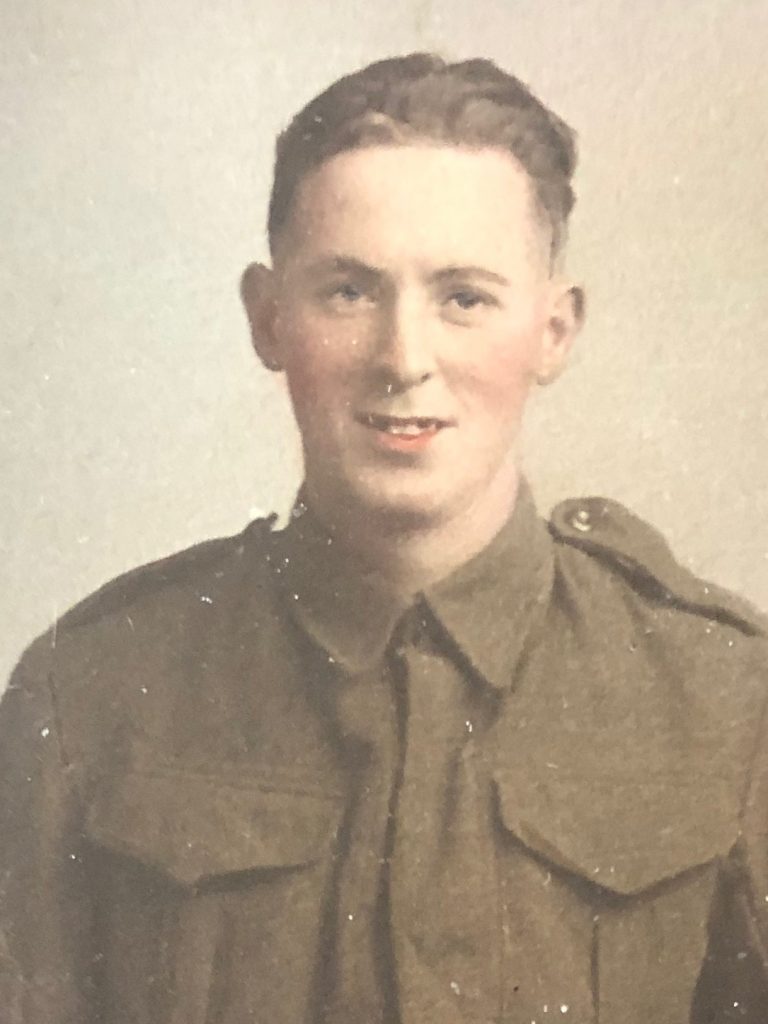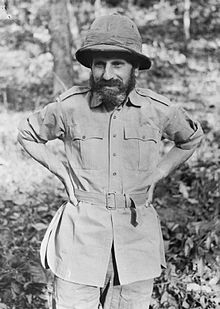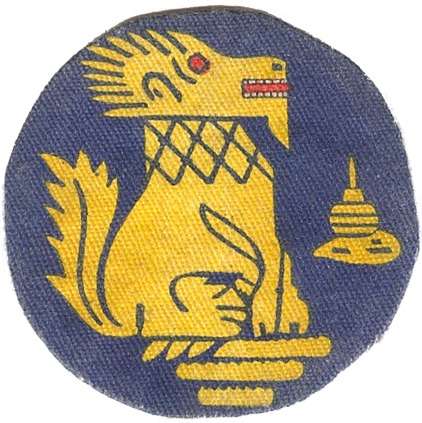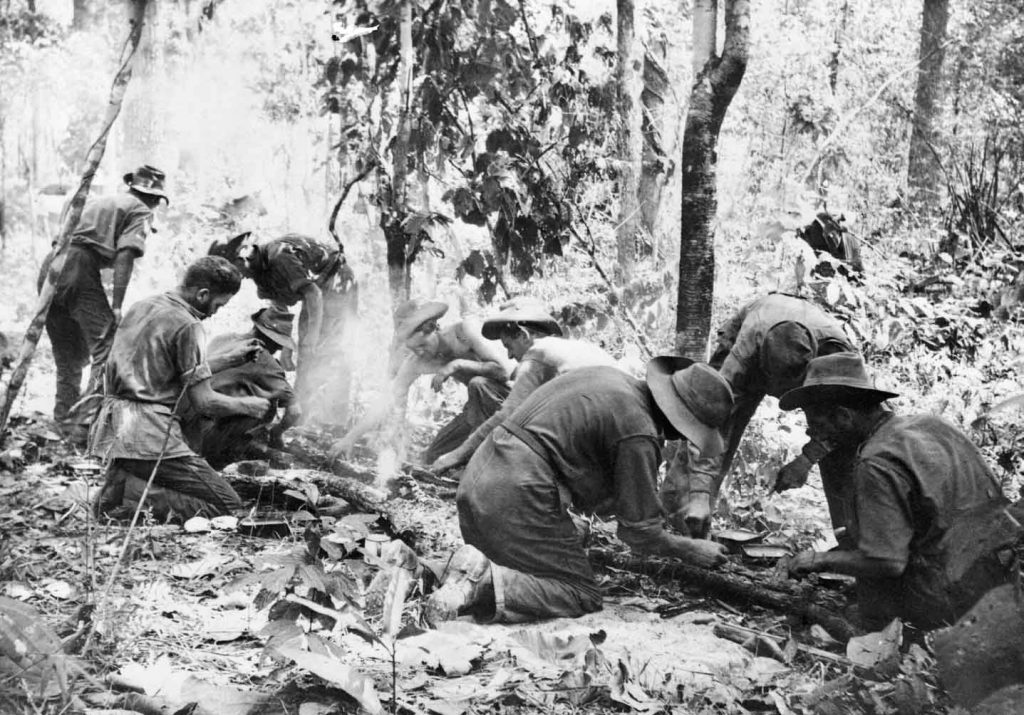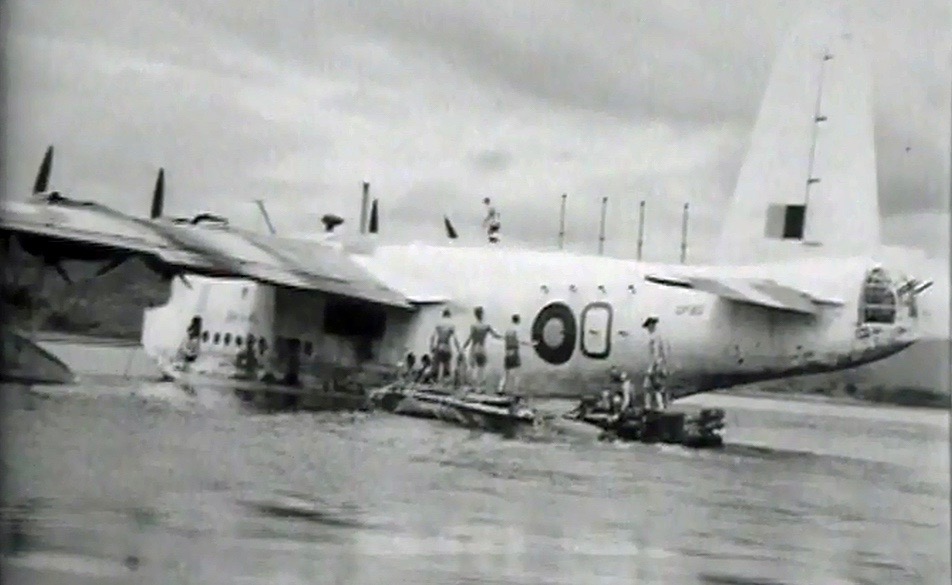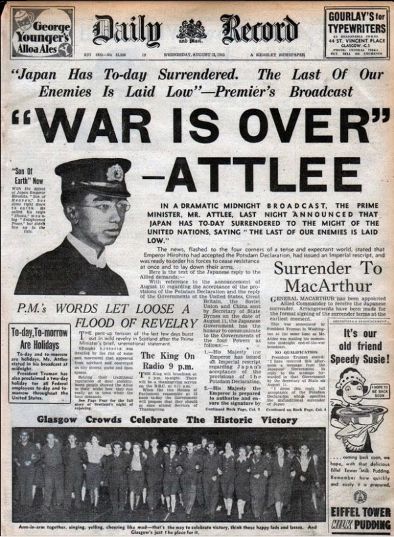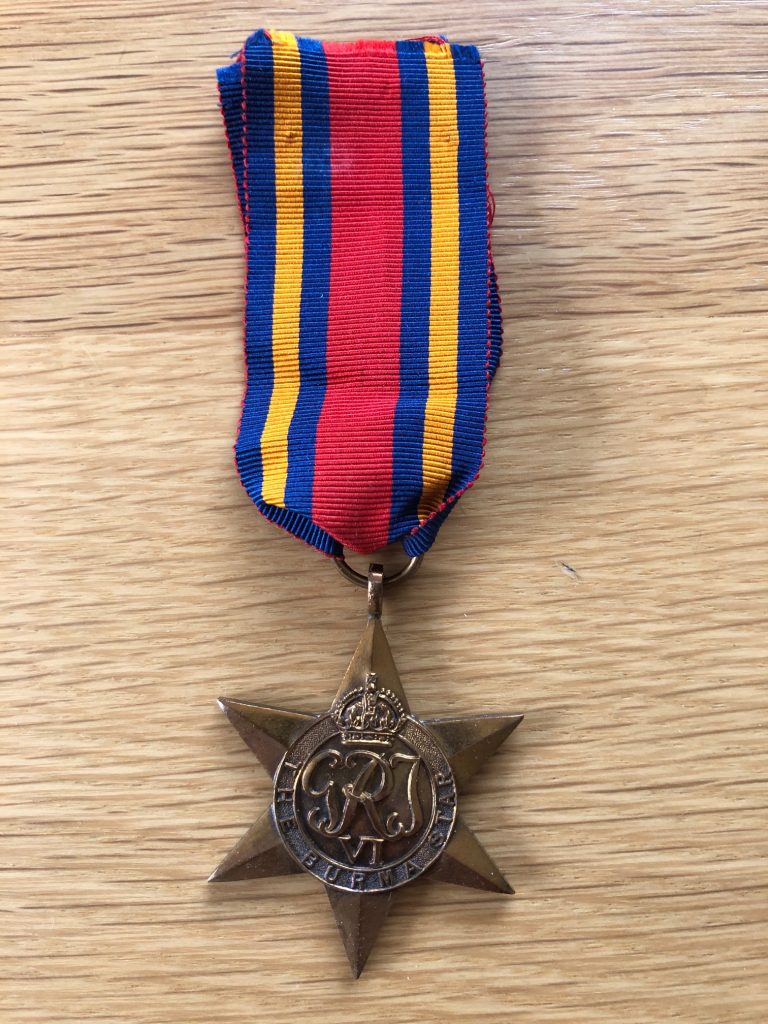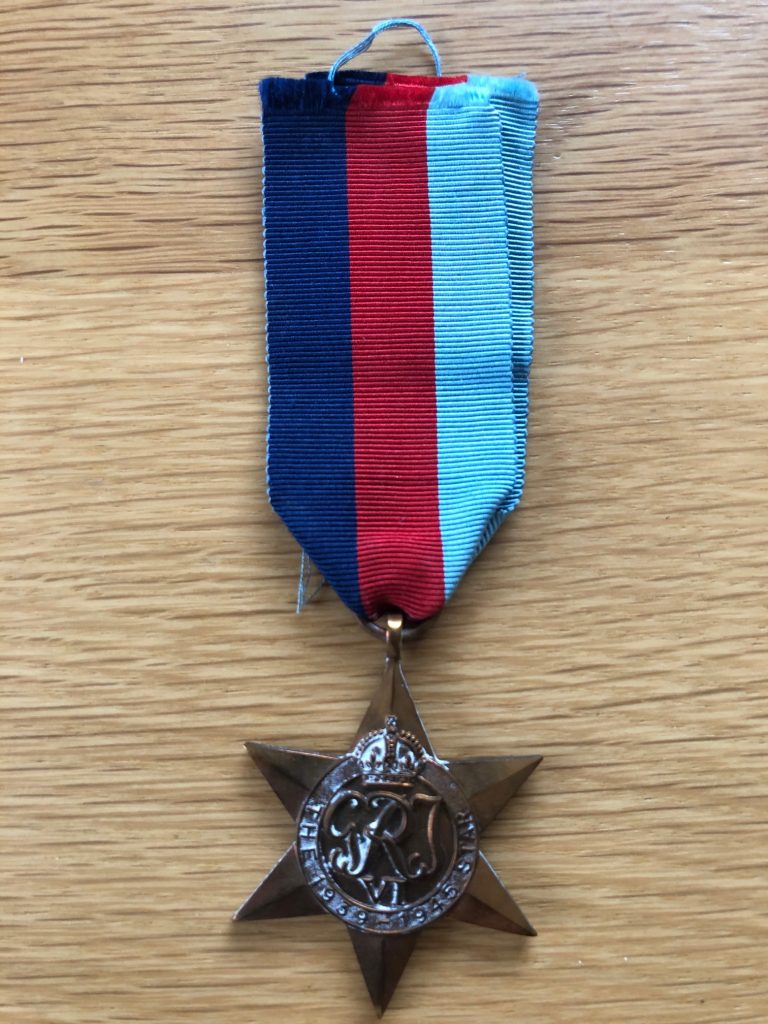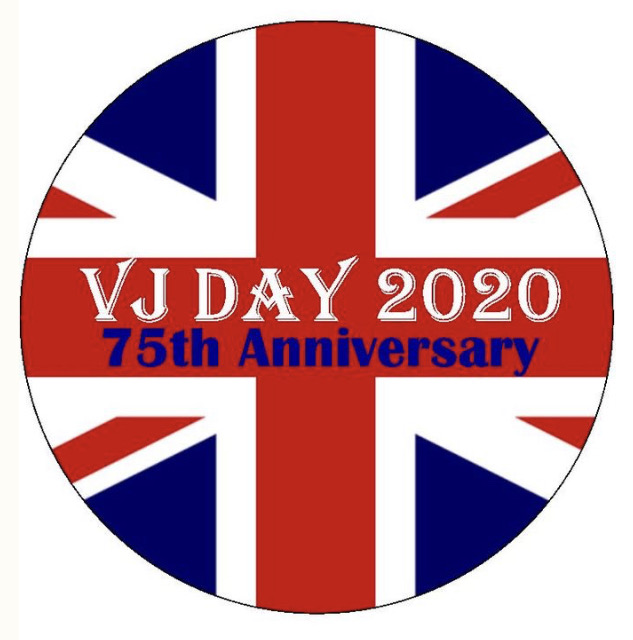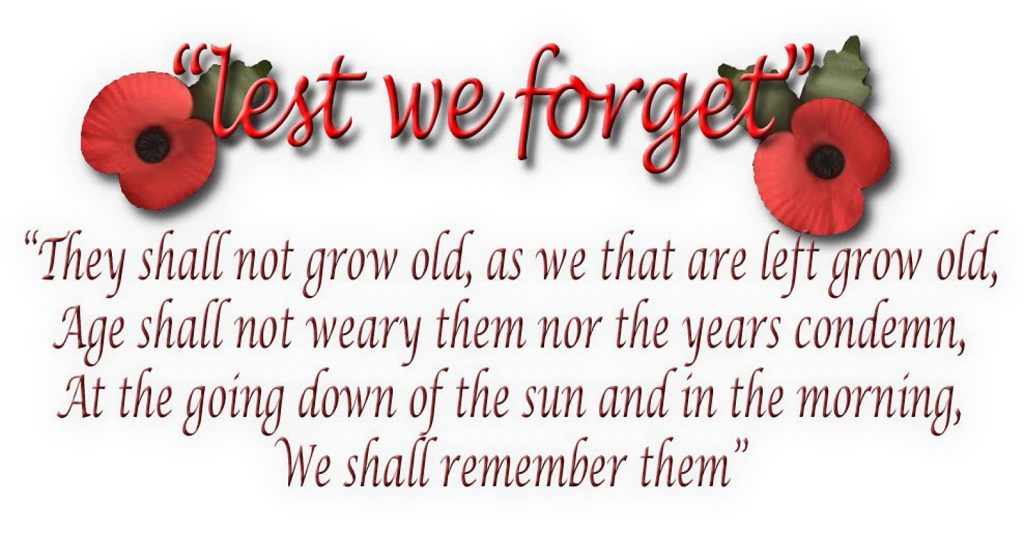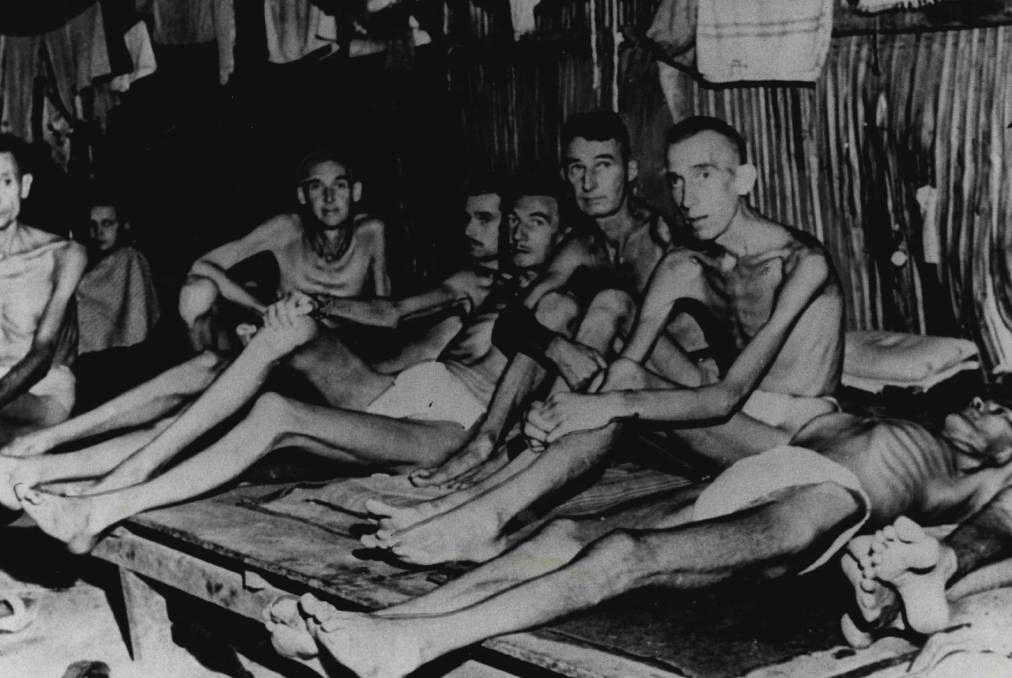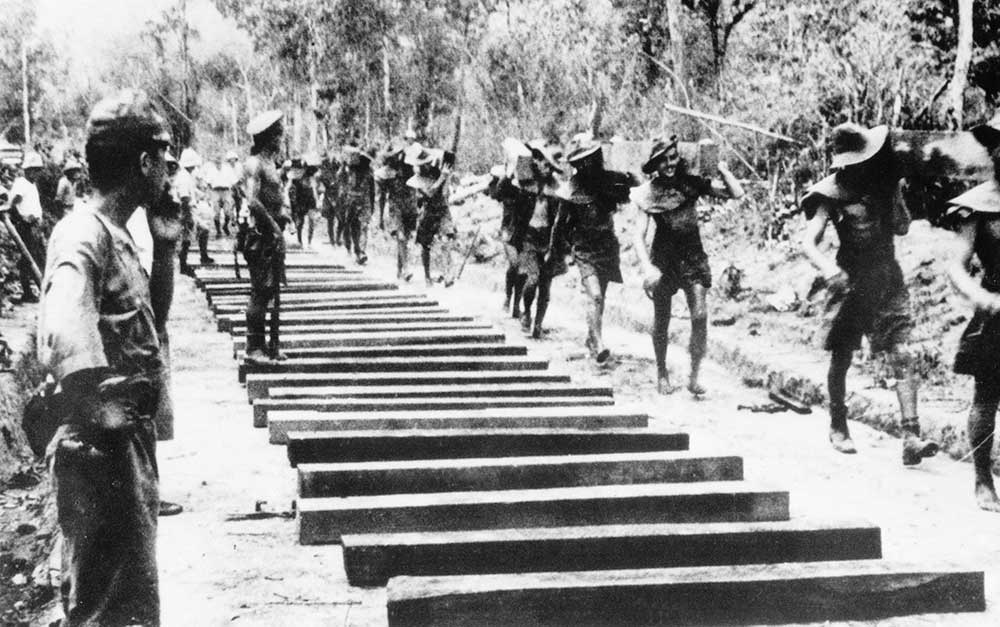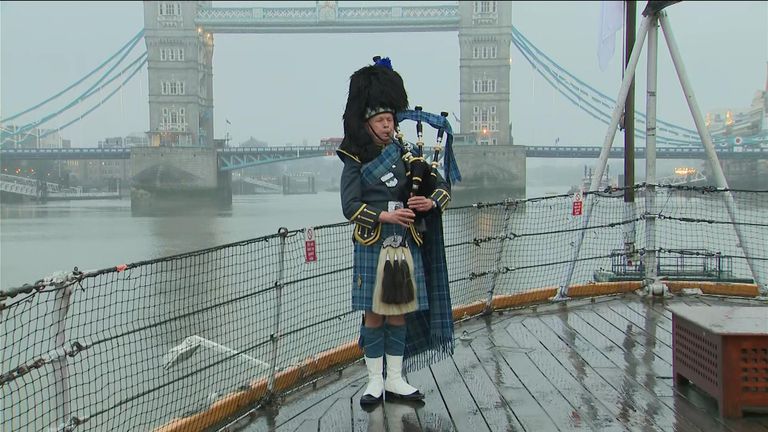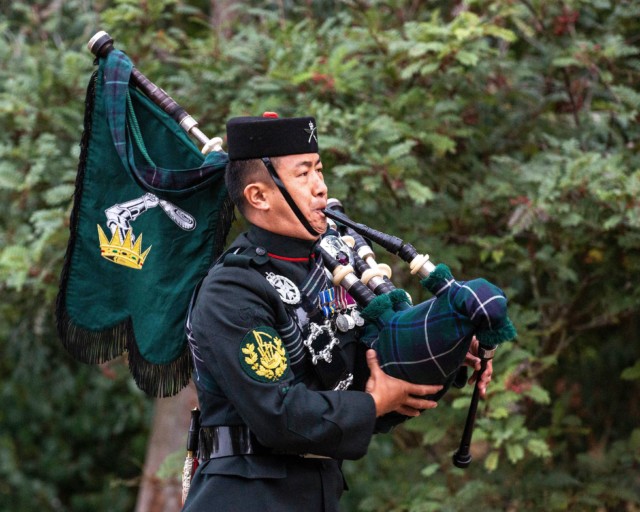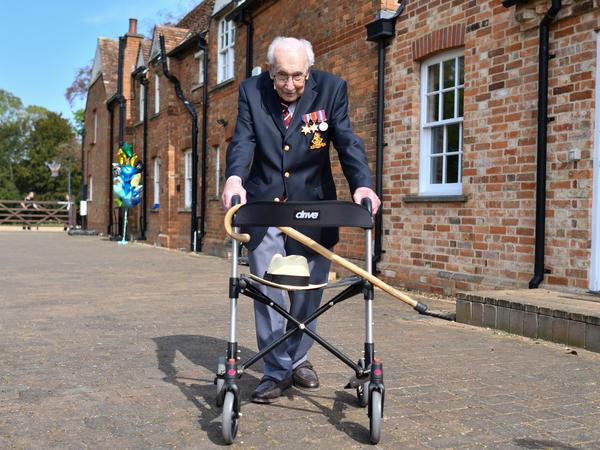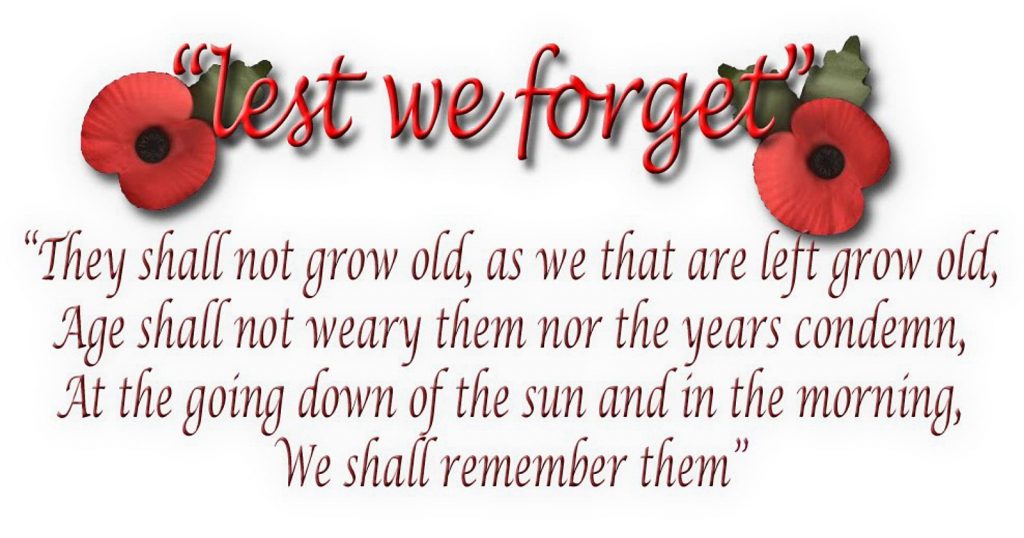Today we remember the atrocities of the war in Japan in a three part series.
The 214 Boys at War
Since many of our older Veteran Ex-Members are no longer with us, we are following up our ‘Flowers of the Forrest” Article with some memories of our own 214 boys at War.
This Article is about our Secretary’s father Tom McColl, one of our older members who recently passed away in February 2020, aged 92.
The War in Japan Part 3 – Tom McColl – The Japanese Surrender
As a boy in his teens Tom was a messenger in the ARP (Air Raid Precautions part of the Civil Defence), along with his lifelong friends Gus McDonald & Willie McDonald. They were based at Bankhead Primary School, cycling between command centres, delivering Air Raid reports and orders regarding Anti-aircraft gun positioning.
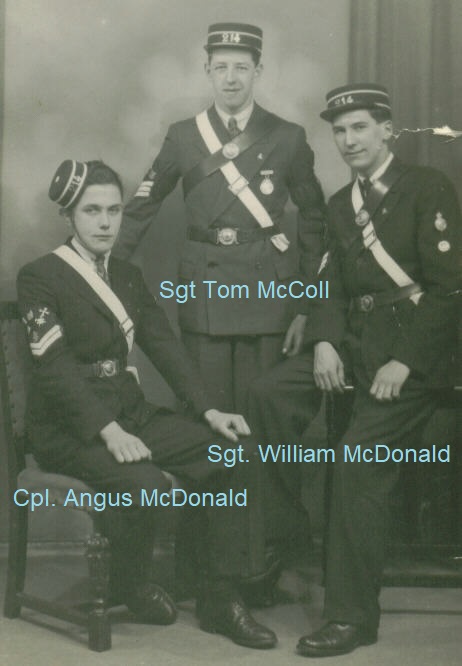
Often cycling through debris and smoke, they would be praying that a bomb wouldn’t land close by when they were out.
They all received this special National Service badge that was issued by the Boys Brigade.
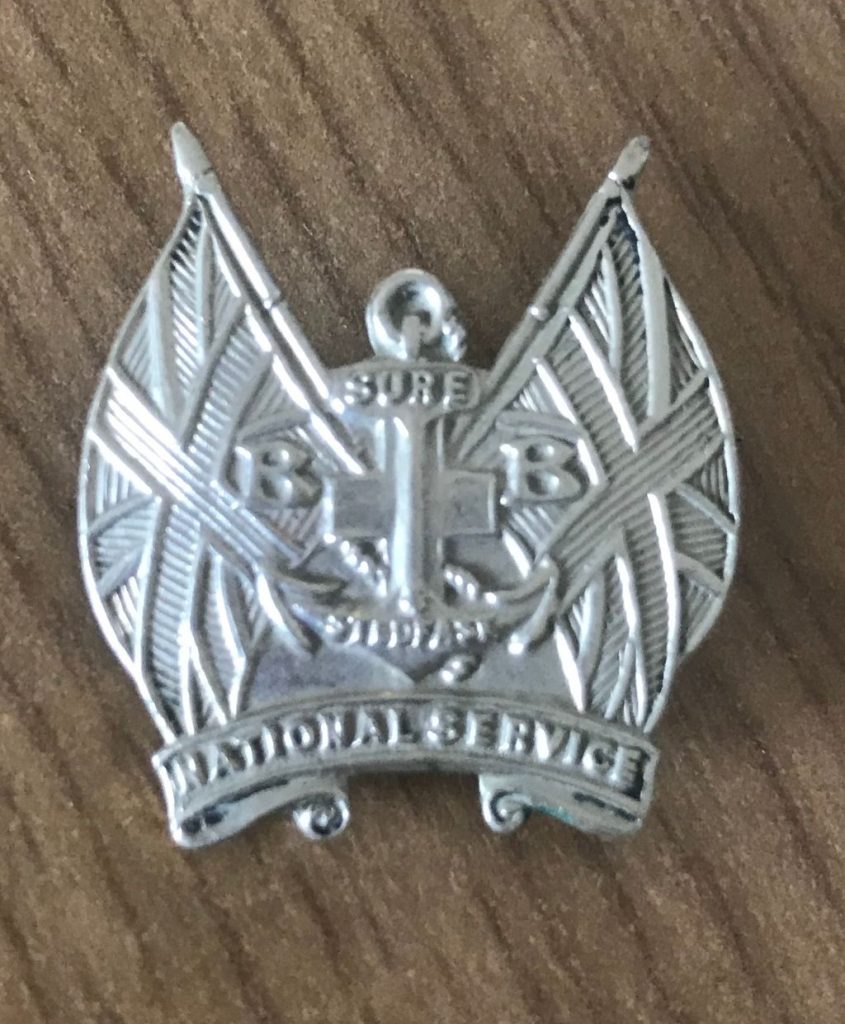
As youngsters the incendiary bombs would bounce into the close opening and they had to throw them out into the street before they caught fire.
One day walking along Dumbarton Road Tom saw a parachute coming down, heading for the top of Elm Street at Victoria Park Drive South.
He went to run towards it, thinking it was a German soldier, but his dad grabbed him stopping him in his tracks. A few minutes later the parachute landed, which had a bomb attached and BOOM!
The back of the end terraced house was blown away. (The house was rebuilt and today if you look closely, you can see it is a different design from the one on the other side of Elm Street.)
Tom was called up into the Cameronian Scottish Rifles (laterly the Camerons), at Brig of Don Barracks in Aberdeen and after 10 weeks training, he had service in Malaya around the Singapore area at the end of the war against the Japanese.
Leaving from Liverpool on the troop ship Georgic (sister ship of the Britannic both owned by the White Star Line), he sailed to Bombay in India, via the Bay of Biscay and the Suez Canal.
When they arrived at their transit camp, there was a lot of green faced squaddies.
This was an amazing adventure for a young lad from Scotstoun.
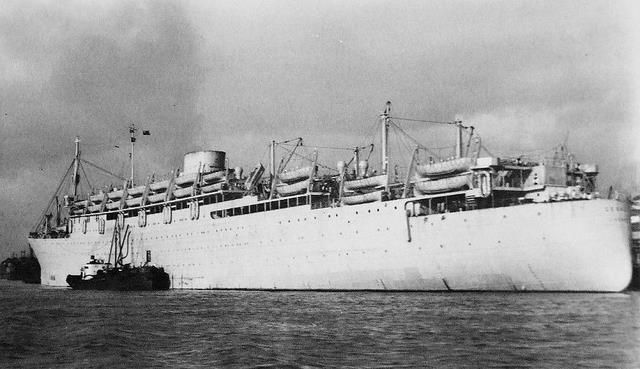
Link 1 Wikipedia https://en.wikipedia.org/wiki/MV_Georgic_(1931)
Link 2 Film https://youtu.be/xTBfvFoqEug
After her final voyage in 1954, the ship was taken out of service and she was laid up in Kames Bay, in the Isle of Bute before being dismantled at Faslane in February 1956.
Tom then headed (via an Indian walking paced train) to Madras and another transit camp, there after he travelled on the troop ship SS Cheshire to Singapore.
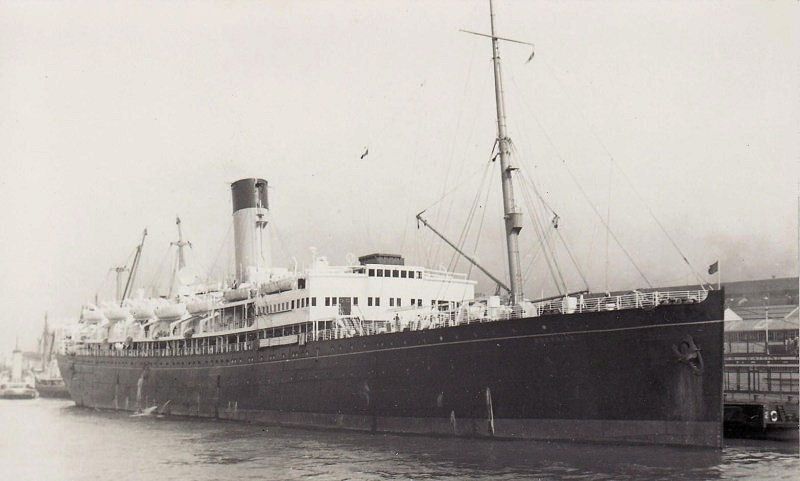
A keen photographer, Tom had his camera with him, which supplied many of these pictures.
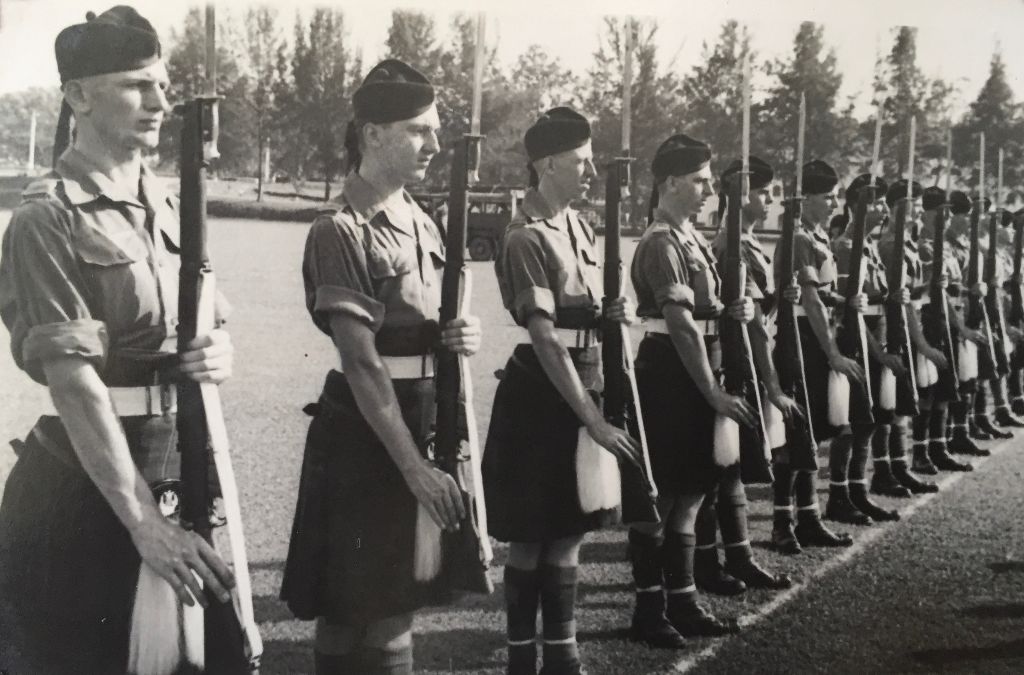
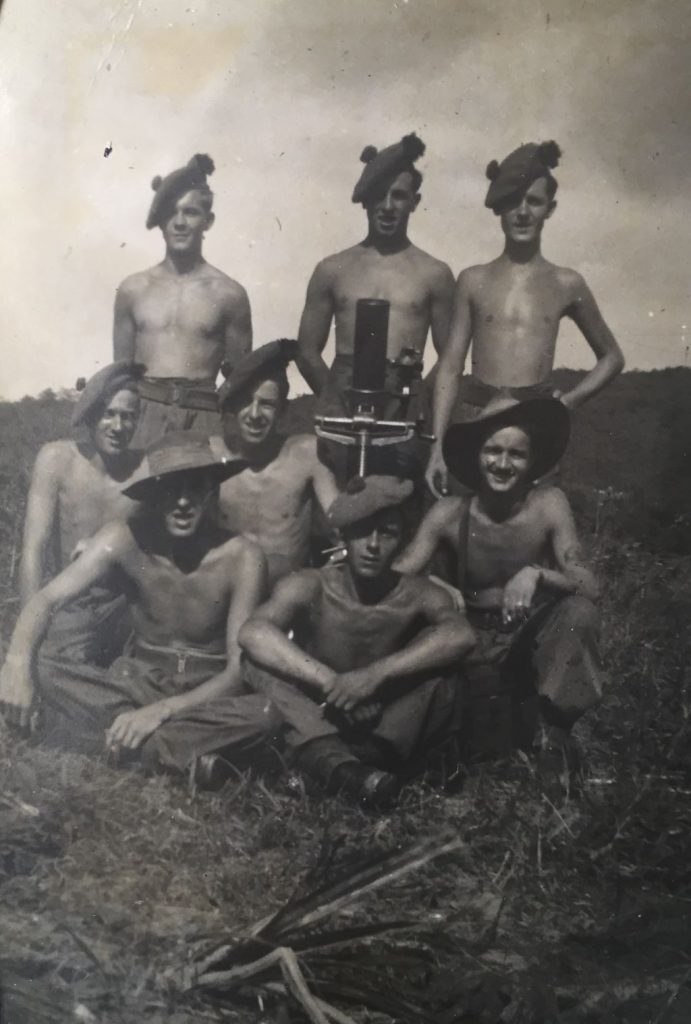
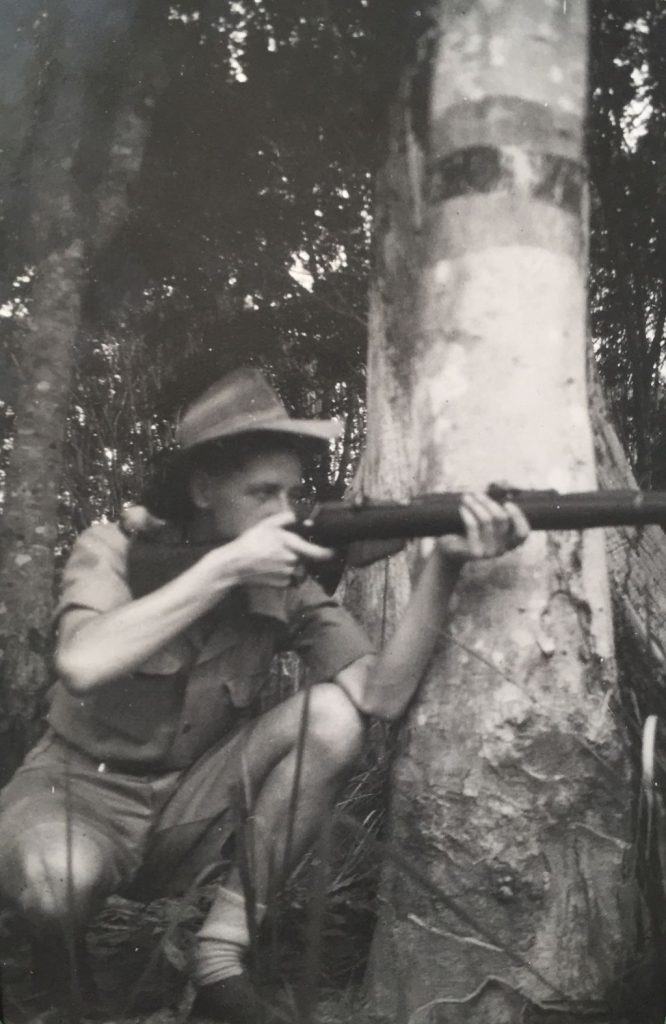
This was at the time when the Japanese surrendered in Singapore September 1945 after the first atomic bomb ‘Enola Gay’ had fallen on Hiroshima.
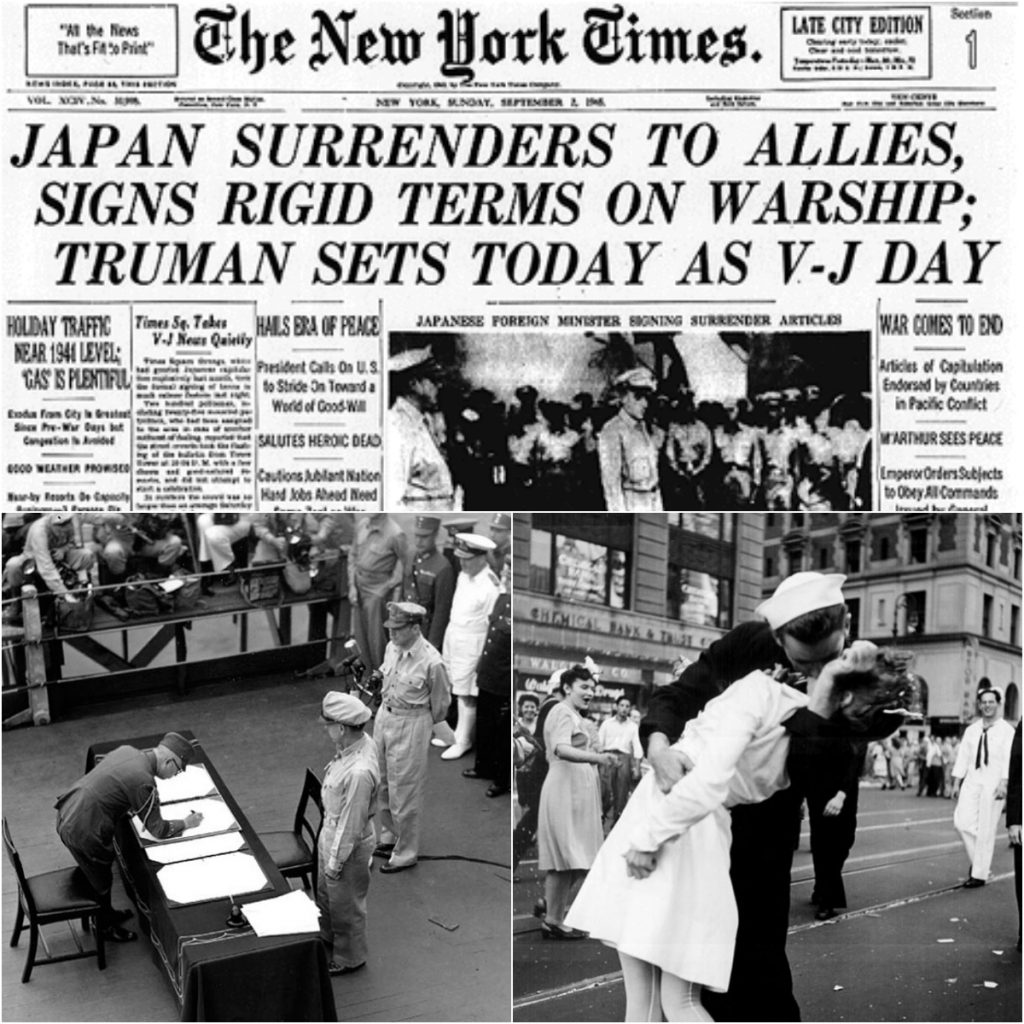
Tom had to guard the Japanese soldiers as they came in to surrender, be searched and processed at the camp in Kluang.
He said that they were broken men, as this was so dishonourable in their eyes.
He like many veterans on their return was not a fan of the Japanese, he often said “I don’t like them, after what they did to our boys. They were fierce soldiers and never gave up. Thank goodness we had the Gurkha’s on our side.”
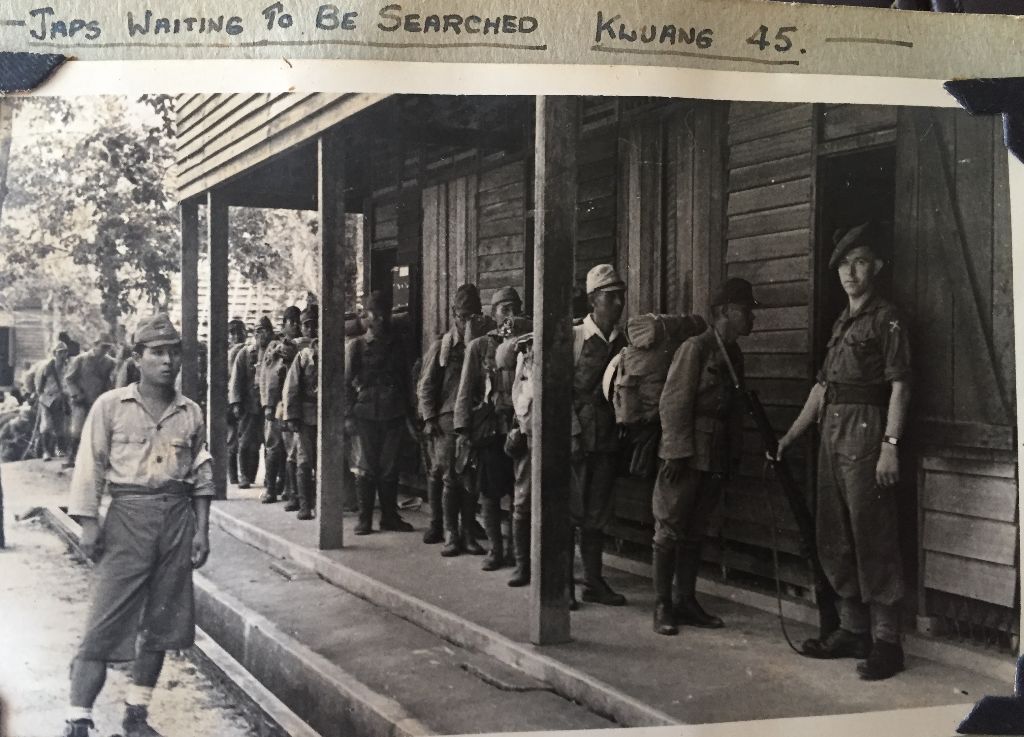
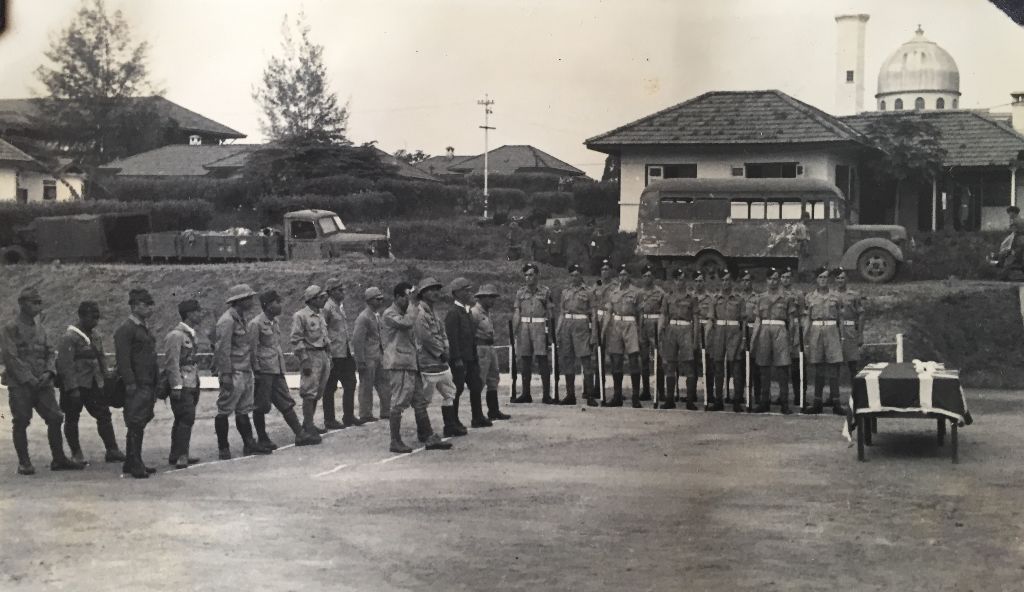
On one of his trips guarding a 3 ton truck full of dejected prisoners on their way to camp vividly stuck in his mind.
He was at the back of the truck, sitting at the tail gate with rifle and bayonet fixed.
After a drive through the countryside they arrived at Changi jail, (which at this time was now being used to hold Japanese prisoners after the Allied POW’s had been released).
As they went to get out the truck he realised his bayonet was caught in the roof tarpaulin!
He shudders to think what could have happened if the prisoners had tried to escape.
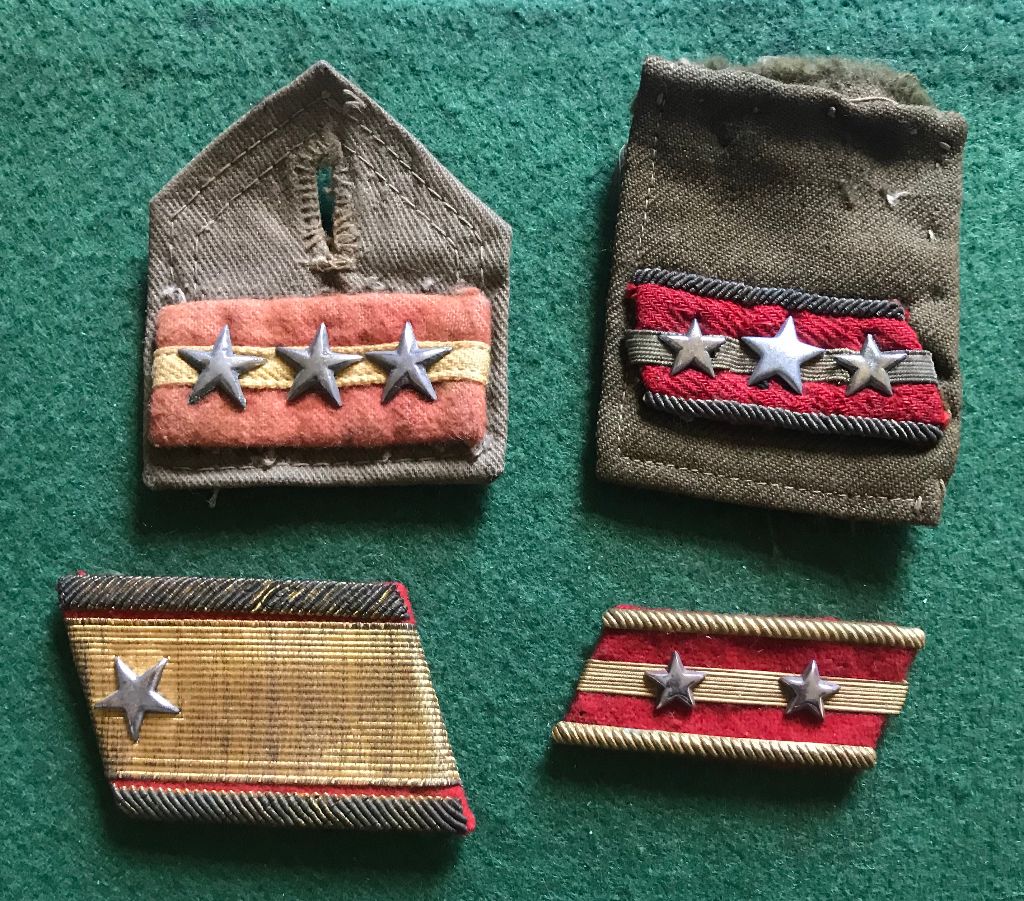
(The last Japanese WW2 soldier to surrender happened in 1974, (Hiroo Onoda) he had been in a mountainous jungle area of the Philippines and wouldn’t believe the war was over.
They had to get his commanding officer to tell him they had surrendered 29 years previously, before he would believe them.
Click here to read about him.
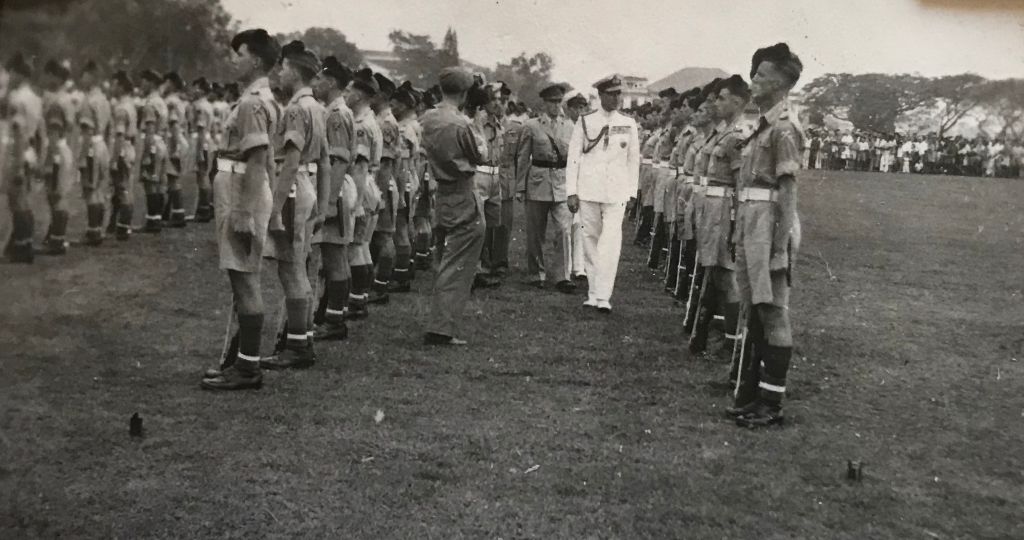
Tom’s 214 training came in useful as he played the Tenor drum in the Cameronians pipe band at the Victory Parades.
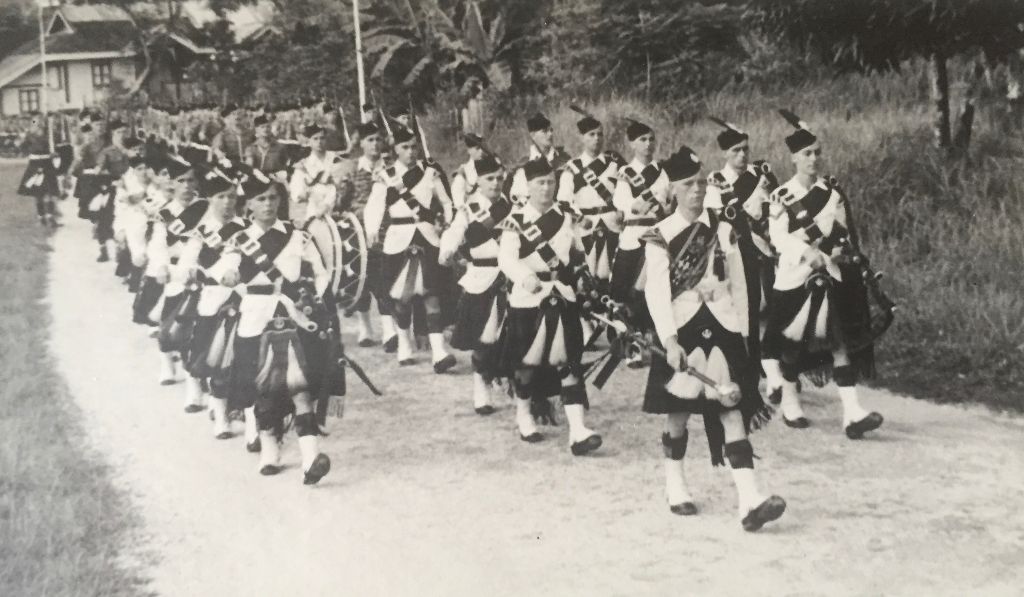
The Regiment was based at the Overseas Chinese High School in Batu Pahat.
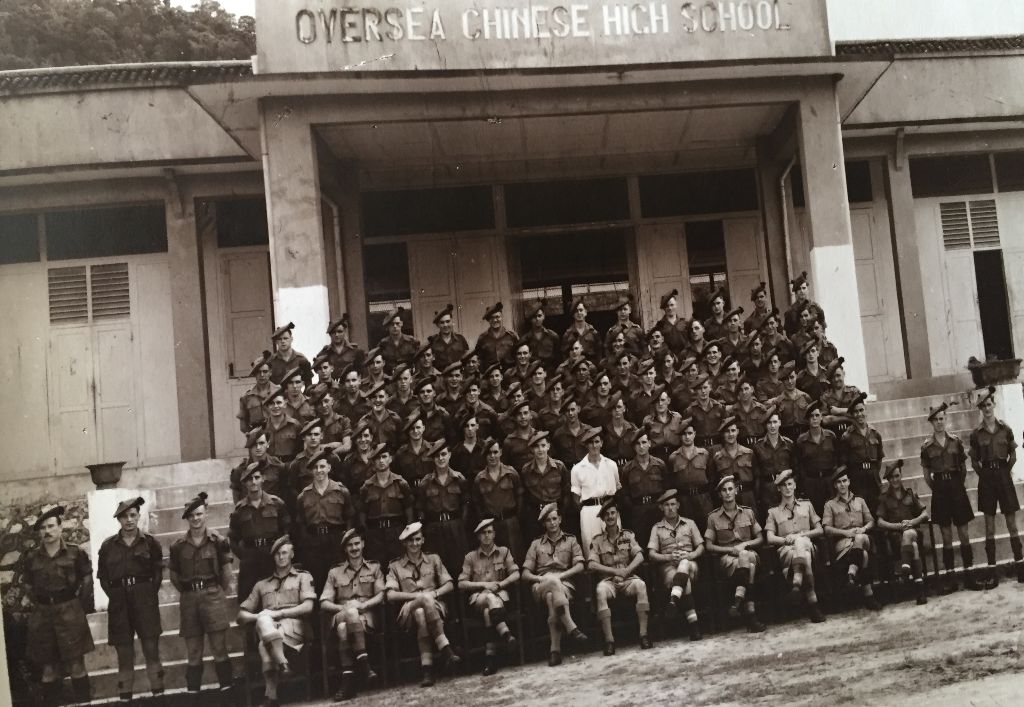
(Tom can be seen behind the second sitting officer from the left that is in the front row.)

In 1999 Tom returned to Singapore with his great army pal Alex MacGregor (who served at the same time) and their wives (Annabel & Mary).
They managed to travel up through Malaya and find Batu Pahat, the village they were stationed at, within the high school.
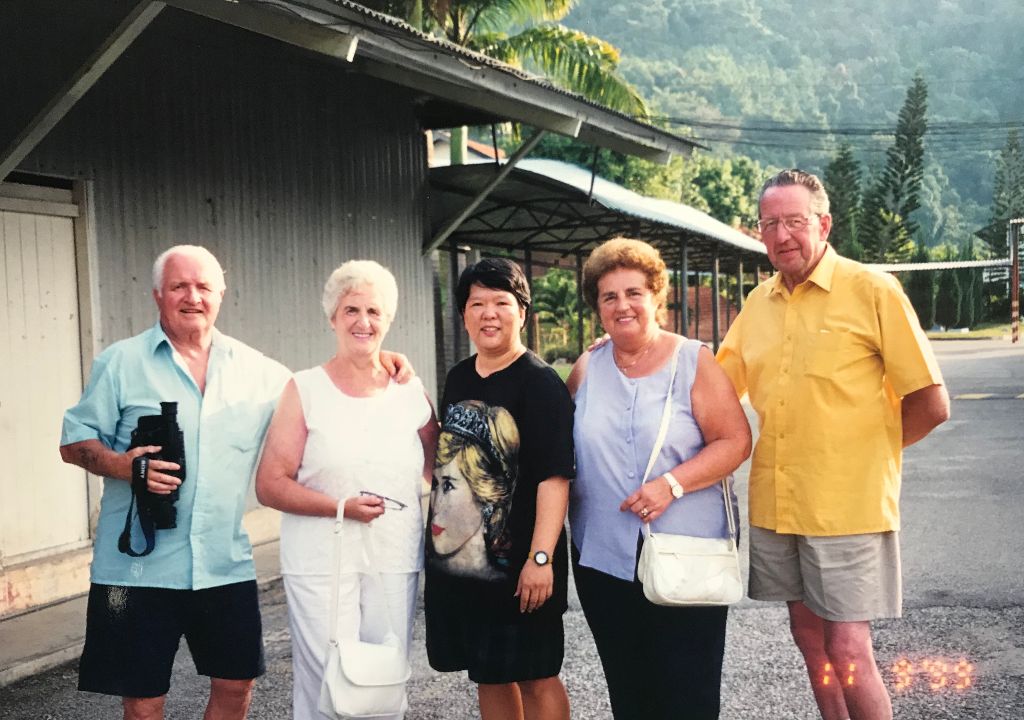
They struggled to recognise the school until they realised that the upper storeys had been added post war.
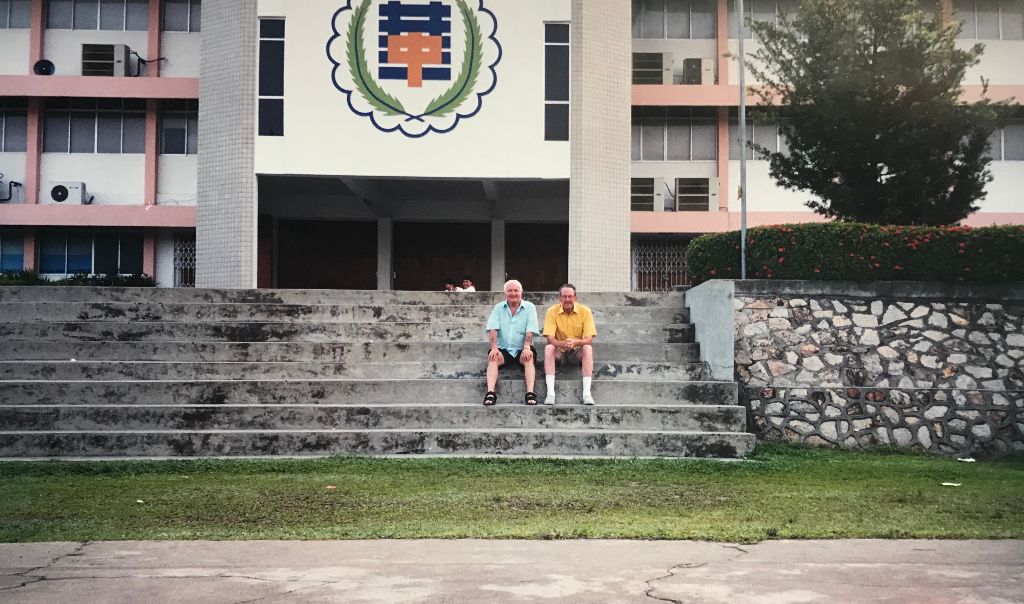
It has changed a bit since the war.
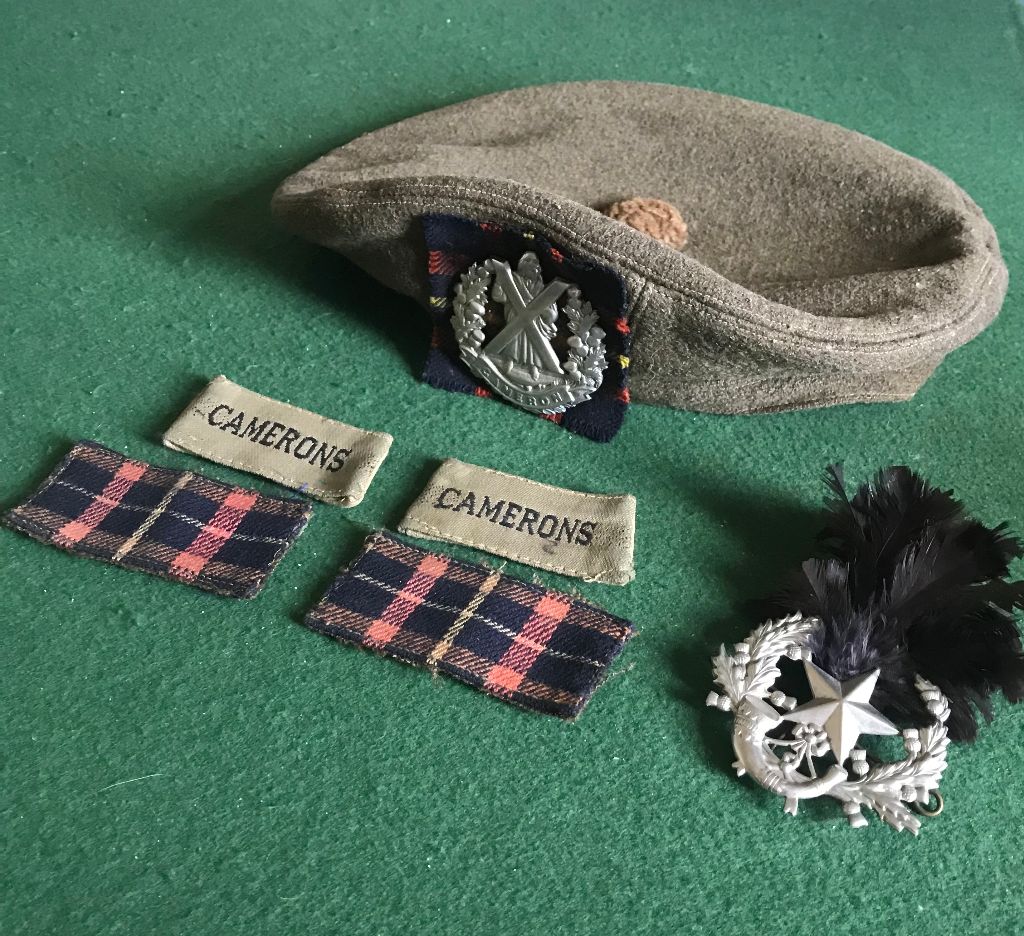
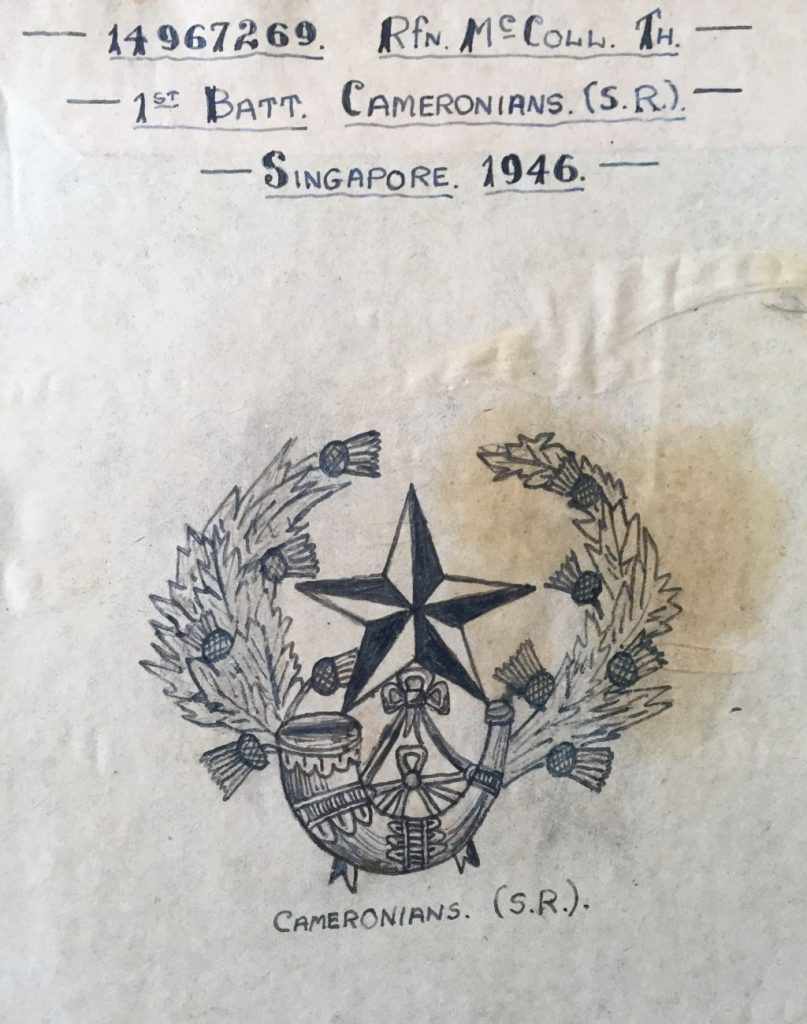
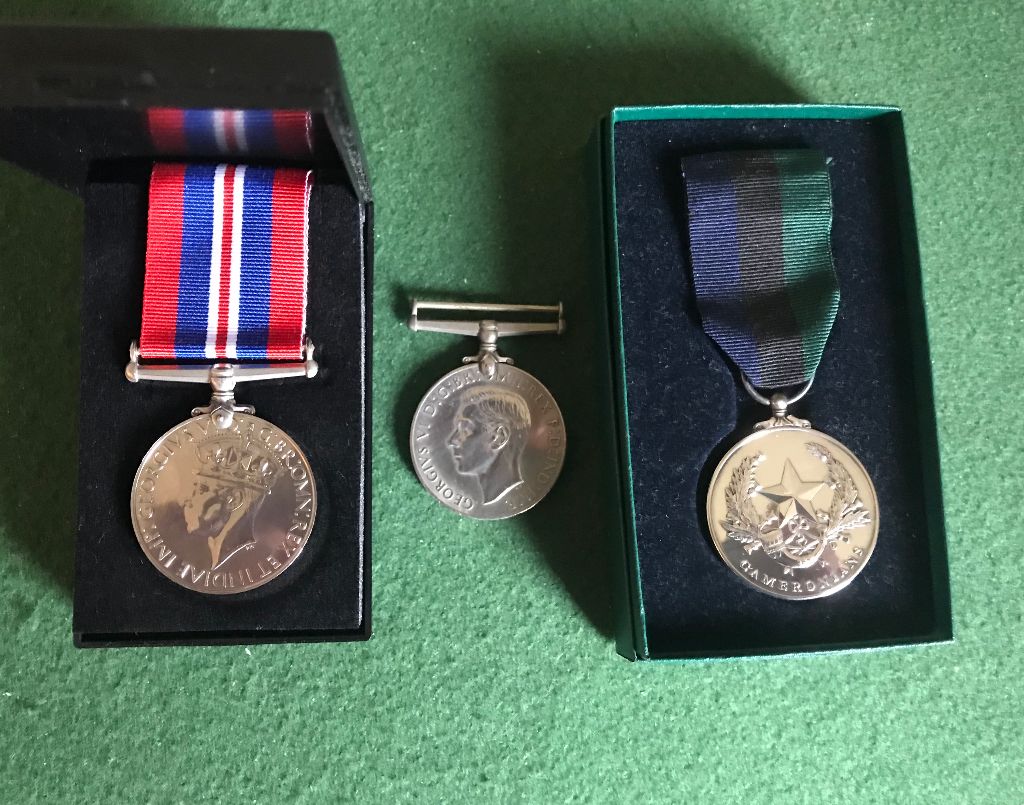
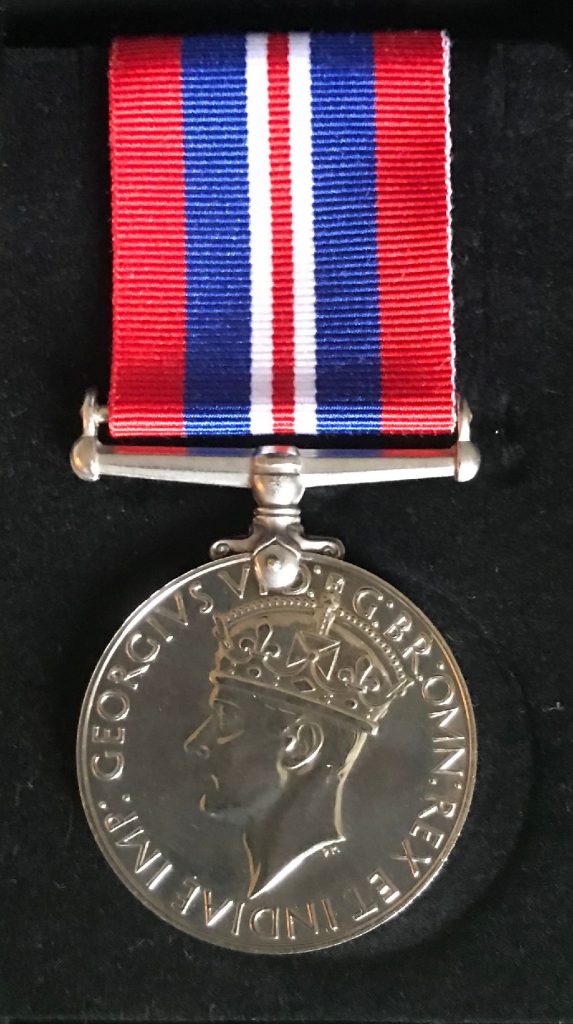
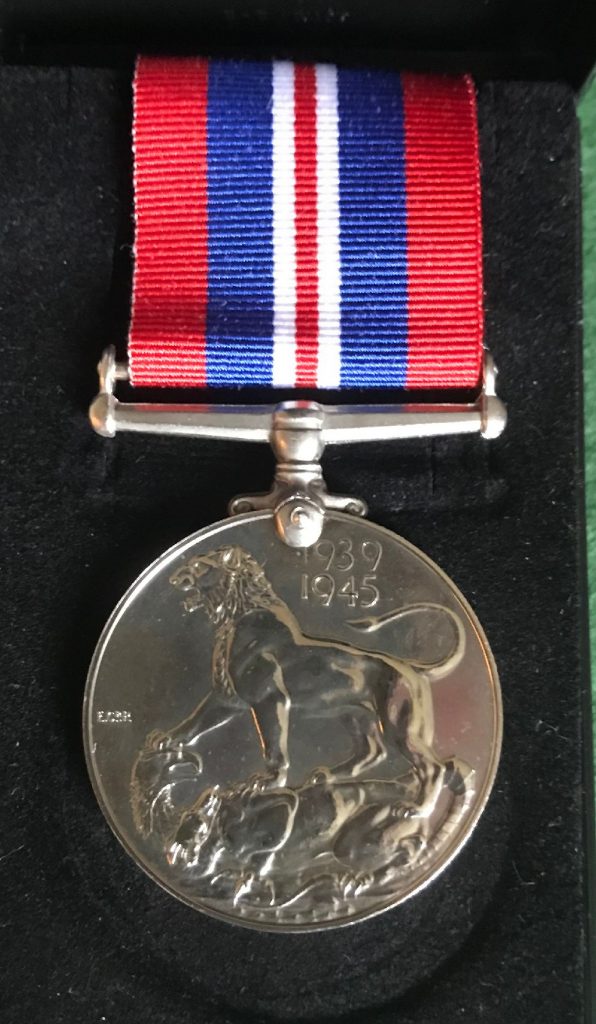
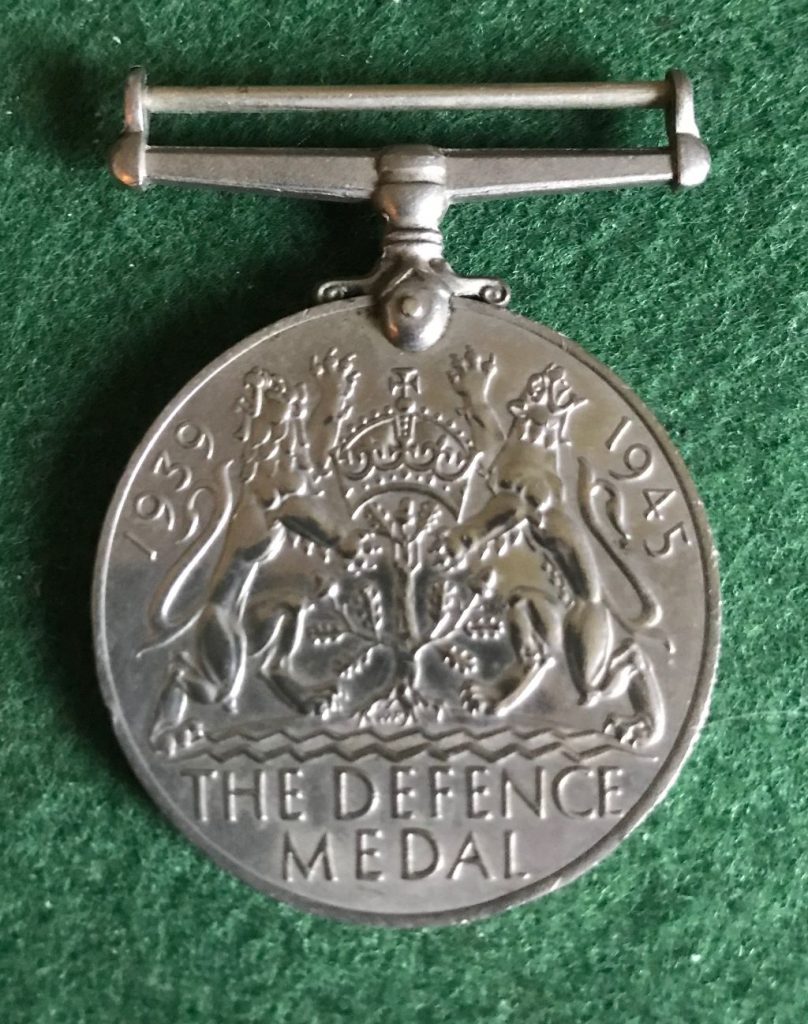
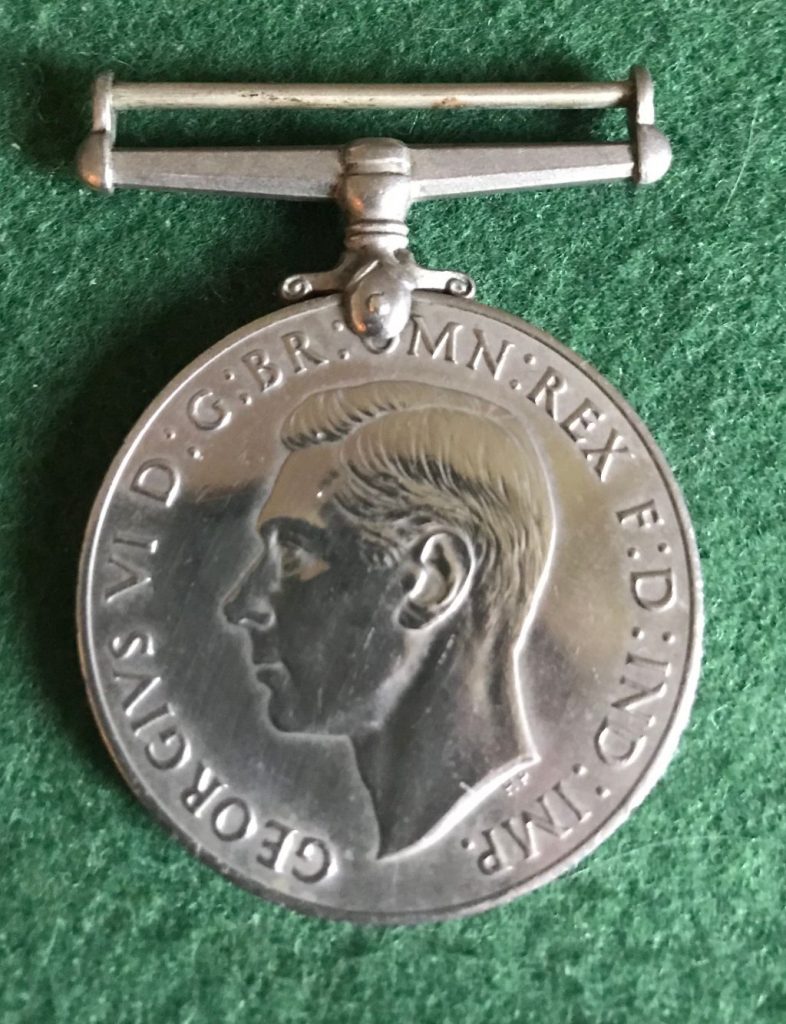
Tom was due this for his time in the ARP along with Gus and Willie MacDonald.
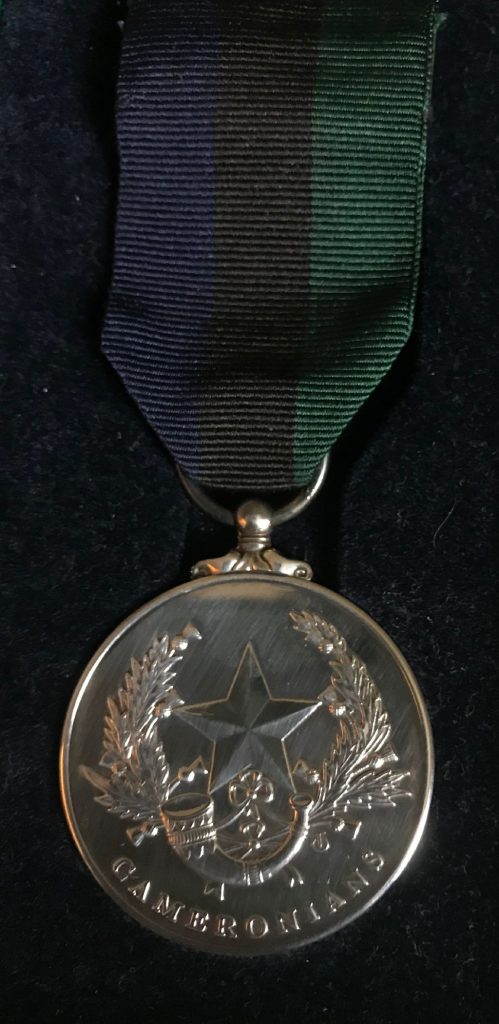
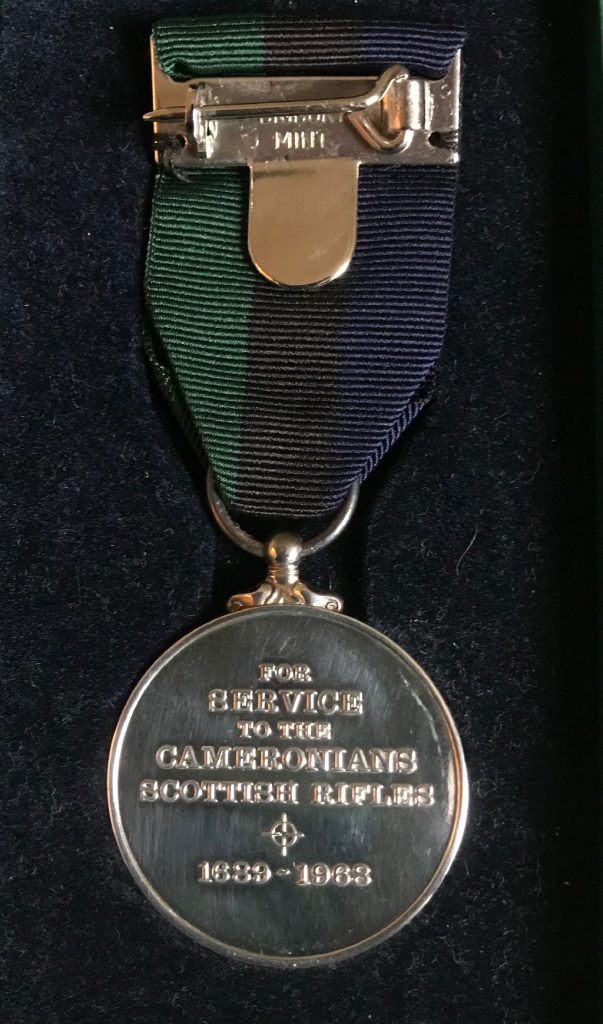
I’m sure there are many more great 214 War stories still to be heard.
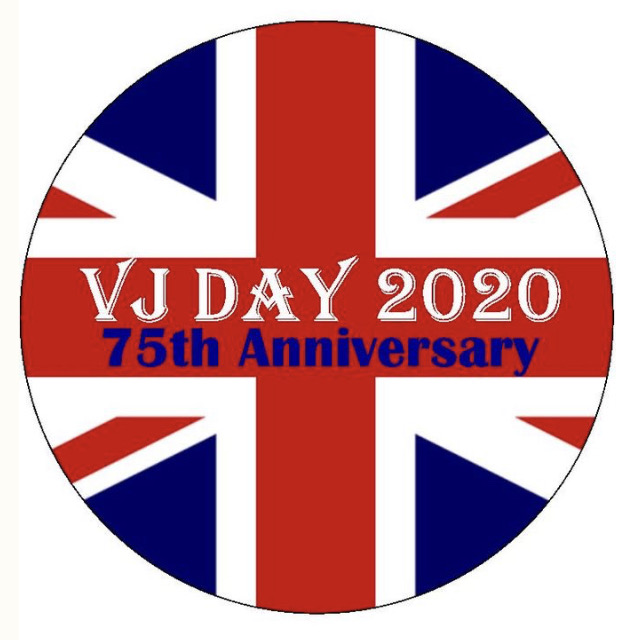
Can you supply us with any details?
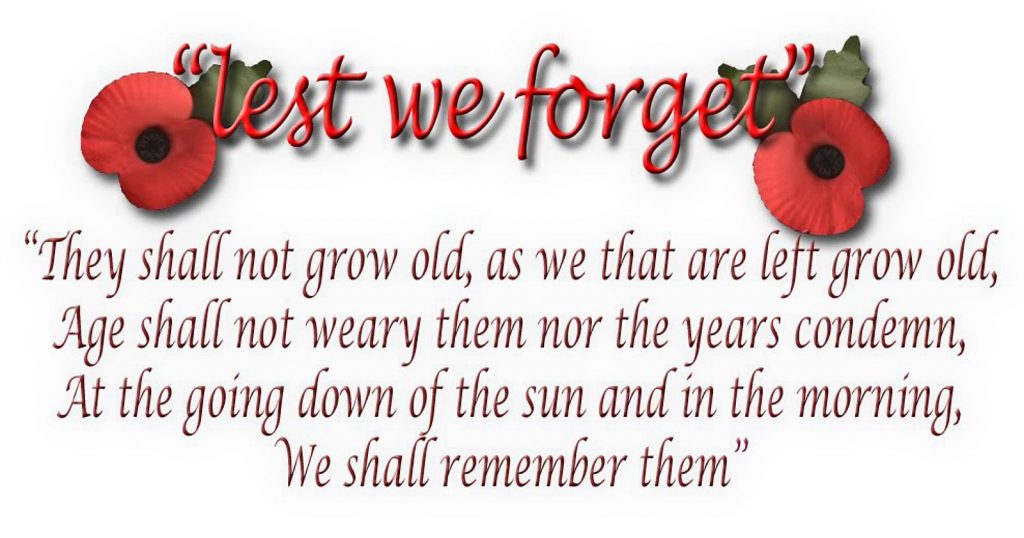
Then we can produce more of these 214 snippets.
Please email the secretary.

